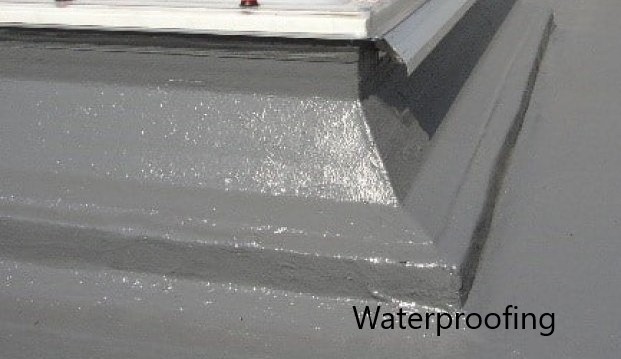The pressure is the forced applied per unit area and there is different form of pressure such as uniformed, varied, etc. Units of pressure is discussed in this article. Different types of standard, common and uncommon units used to measure the pressure are discussed in detail.
Pascal (Pa):
The Pascal, the SI unit of pressure, defines pressure as one newton per square meter. It serves as the foundation for pressure measurements in the International System of Units.
Atmosphere (atm):
Standard atmospheric pressure at sea level is designated as 1 atmosphere, providing a benchmark for pressure comparisons.
Millimeter of Mercury (mmHg):
Commonly used in barometers, mmHg represents the height of a mercury column in millimeters, offering a precise measurement of atmospheric pressure.
Inches of Mercury (inHg):
Similar to mmHg but measured in inches, inHg is often utilized in the United States, especially in meteorological contexts.
Bar (bar):
Equal to 100,000 pascals, the bar is a versatile unit employed in meteorology, engineering, and various scientific applications.
Millibar (mbar):
One thousandth of a bar, mbar is commonly used in weather reports, providing a convenient measure for atmospheric pressure.
Torr (Torr):
A Torr is approximately 1/760th of an atmosphere, offering an alternative unit for pressure, especially in scientific research.
Pound-Force per Square Inch (psi):
Common in engineering and fluid dynamics, psi measures pressure by the force applied per square inch.
Pound-Force per Square Foot (psf):
Used in engineering for pressure measurements on surfaces, psf quantifies the force exerted per square foot.
Kilogram-Force per Square Meter (kgf/m²):
The pressure exerted by one kilogram force on the square meter area.
Newton per Square Millimeter (N/mm²):
Commonly used units in engineering to specify high pressures in the small scale.
Megapascal (MPa):
Mostly used to specify larger pressures and used in material science and engineering.
Kilopound-Force per Square Inch (ksi):
Frequently used in the material testing and specify the high strengths of materials.
Dyne per Square Centimeter (dyn/cm²):
Use in the scientific and engineering applications and is a unit in the CGS system.
Millipascal (mPa):
Used to specify low pressure measurements in precise scientific experiments.
Kilogram-Force per Square Centimeter (kgf/cm²):
Metri unit applicable in specific engineering contexts.
Inch of Water (inH₂O):
Use to represent the pressure exerted on surface and often used in the measuring the water heights.
Foot of Water (ftH₂O):
Used as alternative measure in fluid dynamics.
Poundal per Square Foot (pdl/ft²):
This is a unit in the FPS system and used to measure the certain scientific contexts.
Technical Atmosphere (at):
This unit is used the specific engineering scenarios.
Understanding these units of pressure provides a comprehensive overview of the varied ways pressure can be measured. From the commonly encountered pascal to the specialized units for unique applications, each unit plays a crucial role in quantifying pressure in different fields such as meteorology, engineering, and scientific research.


